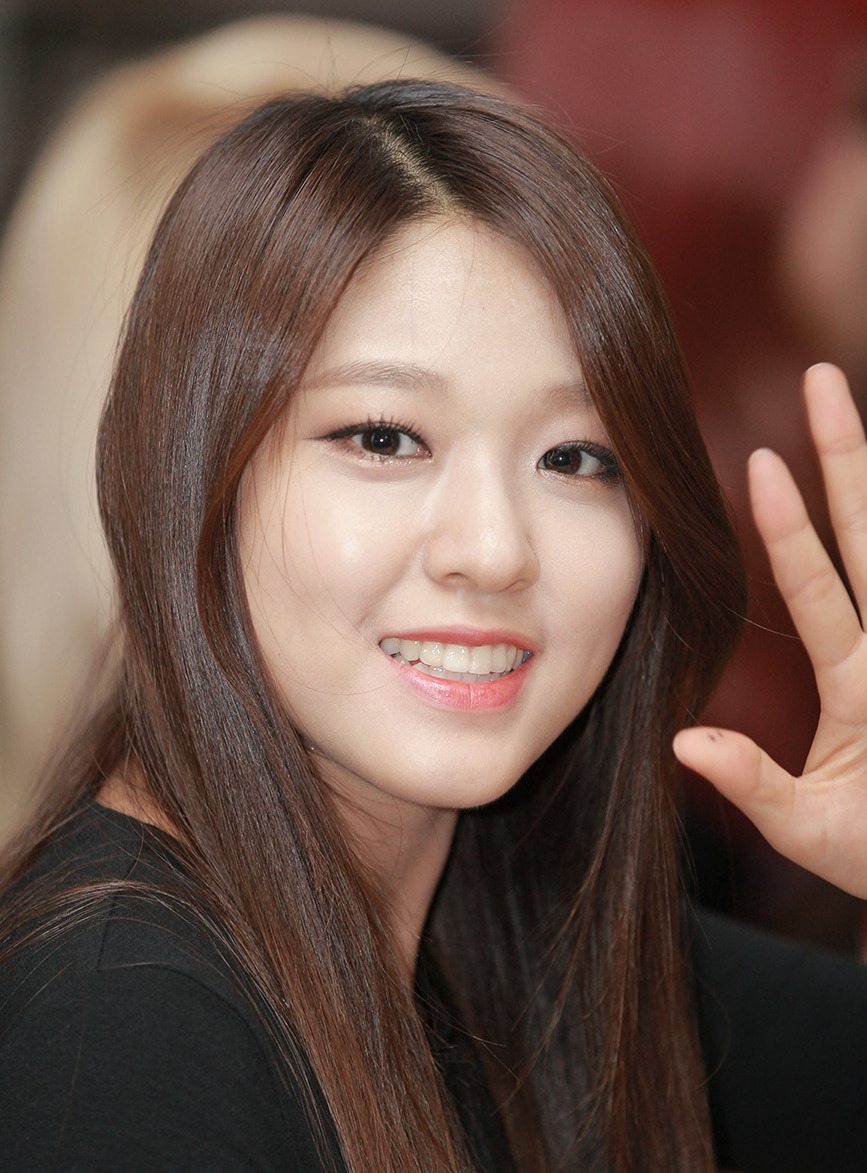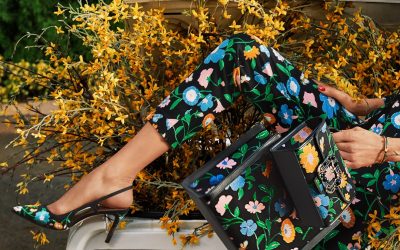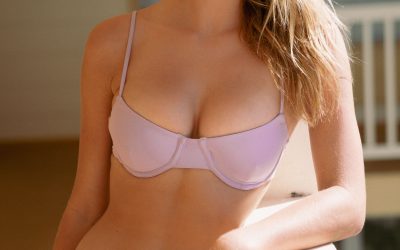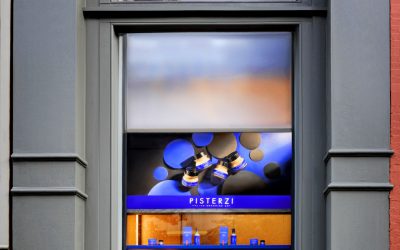Korean skincare beauty world’s latest trend. But before you converge into this East Asian world, properly educate yourself on the terminology and techniques of Korean skincare because they are literally, and, also figuratively, in a different language.
Follow our guide to Korean skincare to know the “what is” of products, “where” and “when” they fit into a routine, and “why” you should integrate them to your skincare regimen:
Oil-based Cleanser
Many fear that the tiniest ounce of oil in a skincare product will result in clogged pores and acne. False. In fact, oil-based cleansers melt away any remaining makeup, and aren’t harsh to the skin like traditional soaps.
Shu Uemura Cleansing Beauty Oil Premium, $77
Toner
Toners are a necessary preliminary step to your skincare regimen. They balance the skin’s pH from the raised alkaline levels caused from face wash. The toner then acts as an adhesive for the products that will follow in your regimen, such as serum and moisturizer.
Toner’s consistency is watery, and thus needs to properly dry before applying any other products. This does not mean that toner is a secondary step to cleansing your face. So proper removal of makeup is necessary before applying the toner.
Essence vs. Serum
Westerners are well versed in the importance of serum’s hydrating properties. Essences, on the other hand, are more of a foreign concept.
In a traditional 10-step skin regimen, essences are applied after toners and before serums. The difference between essences and serums are minimal, but they are used for separate purposes.
Essences are less concentrated than serums and help with hydration and evening the skin tone.
Simply put: serums are a more concentrated and thicker form of essence. They are applied after essences and before moisturizer.
SK-II Facial Treatment Essence, $165
Estée Lauder Perfectionist [CP+R] Wrinkle Lifting/Firming Serum, $68
Masks
Masks are essentially a full-face single serving of serum. Twice a week, leave one of these babies on for 15 to 30 minutes and your skin will be revitalized. Alas, there is such a wide selection of types and ingredients that your first introduction can be daunting, so we’ve decoded the types of masks so you know which one fits your purpose:
Collagen: This type of mask is meant to replace the lost collagen that comes with aged skin. They help promote the development of new collagen and regain the skin’s strength and vibrancy.
Purederm Intensive Collagen Essence Mask, $9.99 for five sheets
Whitening/Brightening: Unlike in the West, where we hurry to the beach or tanning beds to achieve that sun-kissed glow, Asian women value white skin. Whitening masks contain chemical substances to lighten melanin in the skin, BUT this does not mean you will became ghost pale overnight. Whitening masks’ objective is to return the skin to its pre-sun-exposed shade.
This is where the brightening synonym plays in. Returning the skin to its virgin form means eliminating skin patches and dark spots, and this creates a brightening look — hence the name.
Shishedo White Lucent Power Brightening Mask, $68 for six sheets
Hydrogel: The only true difference in these masks is that the sheets are made from a gel instead of cotton. The material is able to deliver more moisture than cotton.
Banila Co It Radiant Lace Hydrogel Mask Sheet, $5
Patches
These are the mask versions for different parts of the body, including the eyes and lips, but they all have the common purpose for moisturizing. Below are the various types of patches:
Eye patch: Not to be confused with the pirate accessory, eye patches reduce the appearance of wrinkles and dark circles. The treatment consists of placing the patches underneath eye circles to rejuvenate their moisture.
Klora Smoothing & Relaxing Eye Patches with Soothing Cornflower, $21 for two sets of seven patches
Lip patch: This is a gel-based, lip-shaped patch made to moisturize the lips.
Tony Moly Kiss Kiss Lovely Lip Patch, $4
– by Nisha Stickles













